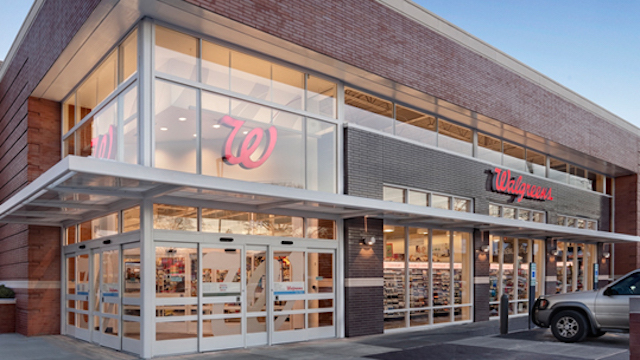Good news and bad emerges from the second quarter Walgreens sales data.
Negatively, the pace of decline in international sales has accelerated, with revenue falling by 14.5 per cent in non-adjusted terms or by 1.9 per cent on a constant-currency basis. More positively, US domestic sales have picked up slightly – although by nowhere near enough to offset the slump in overseas takings. As a result, Walgreens ends its quarter with total sales down by 2.4 per cent.
In many ways, the challenges with overseas markets are unavoidable and are not a consequence of any real missteps on the part of Walgreens. The appreciation of the dollar since this time last year, and the accompanying depreciation of sterling, in particular, have had a dramatic impact on sales and profit. This is exacerbated by the fact that in most of its overseas markets, and in the UK specifically, Walgreens operates mature businesses (largely Boots) which produce steady uplifts rather than spectacular growth that could mask some of the effects of currency change.
It is notable and slightly disappointing that international sales declines on a constant-currency basis are sequentially worse than the prior quarter. This is, in large part, due to a much worse pharmacy performance from Boots in the UK down to government cuts to community pharmacy funding.
With an unfavorable international picture, it is imperative that Walgreens drives its domestic business far harder. On this front, the current quarter’s results give mixed signals. Pleasingly, Walgreens has managed to move into growth after last period’s sales declines. This is largely driven by a strong pharmacy performance where sales rose by 3.7 per cent off the back of increasing volumes.
Unfortunately, this performance was not matched by the front of store retail part of the business where sales declined by 2.7 per cent. Admittedly, some of this is the result of discontinued e-commerce operations – but it still shows that the retail part of Walgreens’ business is far from firing on all cylinders. The biggest problem areas are in basic personal care and household essentials. Here, Walgreens fails to do two things: first, encourage visitors to stores to browse and pick up everyday items; second, remain foremost of mind for shoppers needing to buy such items. There is much more work to do on optimising stores to encourage the former, and a bit more work to do on changing mindsets to drive the latter.
The problems on general merchandise were partly offset by a better performance in beauty and health where Walgreens has seen robust sales growth. Investment has been made in both areas, and store presentation and assortments are much stronger than they were a couple of years ago. As both categories are a natural fit with Walgreens, it has been easier to stimulate customer interest and spending than is the case for general merchandise.
Although it has some growth levers to pull, driving the topline will remain a struggle for Walgreens over the remainder of this fiscal year. As such, it is hardly surprising that the group is still pursuing the acquisition of Rite Aid. Despite delays and setbacks, Walgreens expects to be granted regulatory approval by the end of July. This is possible, although given the capriciousness of the US Federal Trade Commission, it is not a certainty.
If approved, the deal would mask some of the topline challenges at the group. However, more importantly, it would allow strong growth on the bottom line from synergy savings – an area where Walgreens has good form on delivering. Ultimately, the deal represents the difference between Walgreens bumping along a low growth trajectory for the next few years or accelerating ahead.
- Neil Saunders is MD of GlobalData Retail.






